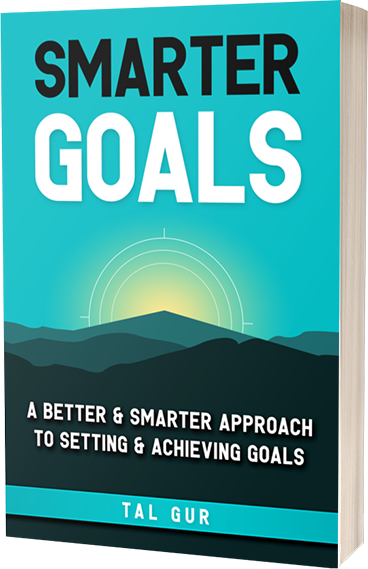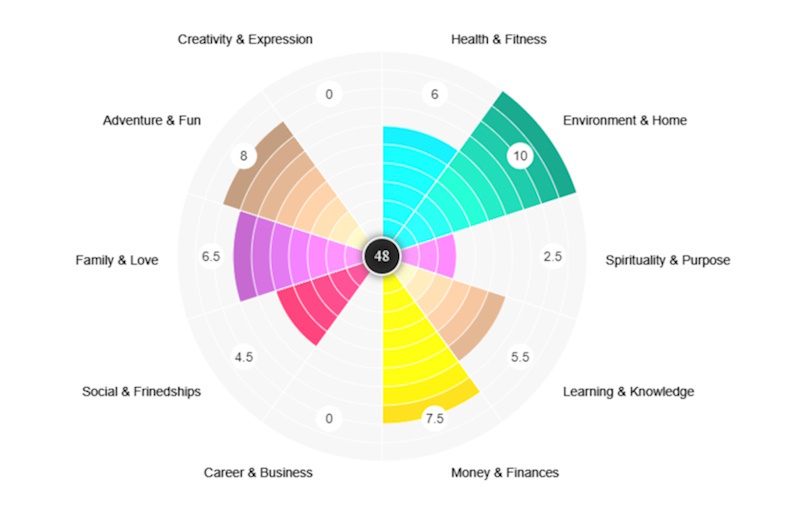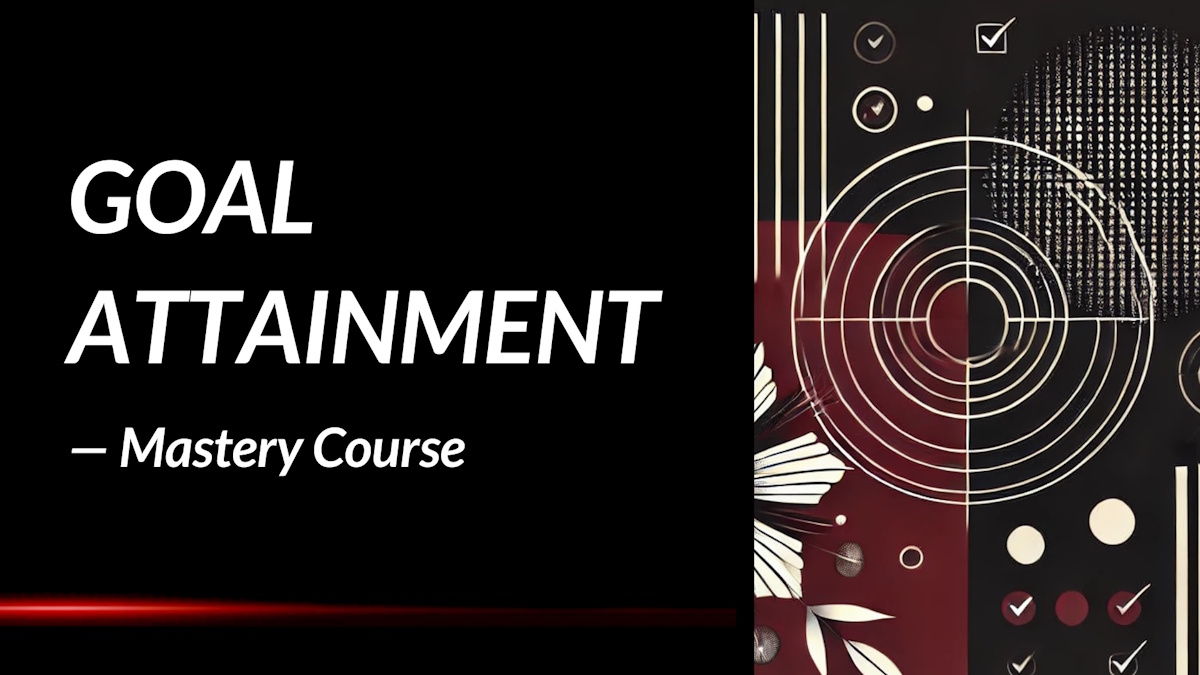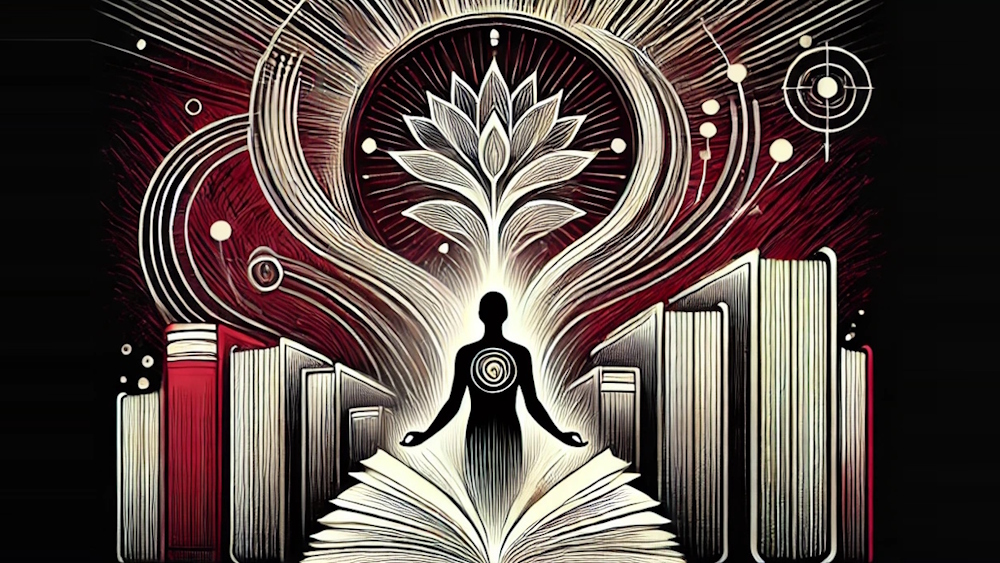In the Garden Behind the Moon: Summary Review
What if grief could be more than sorrow, transforming instead into a bridge toward unseen worlds and forgotten wisdom? In In the Garden Behind the Moon, Alexandra A. Chan invites readers into an extraordinary journey where personal loss, mythology, and magic are intricately woven into a tapestry of healing and rediscovery.
What is the Book About?
At its heart, In the Garden Behind the Moon is a memoir that blooms out of profound personal grief. After the devastating loss of her mother, Alexandra A. Chan embarks on a spiritual and emotional pilgrimage that leads her beyond the conventional boundaries of mourning. Using mythology, magic, and ancient folklore as her guide, she crafts a narrative that blurs the line between the real and the mystical. This is not merely a story about surviving loss; it is about being transformed by it. Through the symbolism of gardens, celestial landscapes, and timeless tales, Chan shares how pain can open hidden doors to a deeper understanding of life and existence.
More than a simple recounting of grief, the book invites readers to see the world—and themselves—through a new lens. Alexandra’s writing is immersive and vivid, pulling the reader into a dreamscape where myth and memory converge. Her exploration goes beyond personal healing; it taps into collective human experiences, connecting personal sorrow with universal stories of resilience, rebirth, and the enduring power of love across realms visible and invisible.
Book Details
Print length: 544 pages
Language: English
Publication date: May 28, 2024
Genre: Memoir, Spirituality
Book Author
Core Theme
The central theme of In the Garden Behind the Moon is the transformative power of loss when viewed through the lens of myth and magic. Alexandra A. Chan presents grief not as a destination, but as a portal—an entryway into realms of ancient wisdom and spiritual growth. By intertwining her personal narrative with myths from various cultures, she suggests that healing does not come from moving past pain, but from embracing it, understanding it, and allowing it to change us in beautiful, unexpected ways.
A second important layer to the book’s message is the importance of storytelling as a tool for survival and transcendence. Myths, legends, and folklore are not simply old tales; in Chan’s world, they are living bridges between the human soul and the mysteries of the universe. Her memoir reminds us that, even in our most broken moments, we are part of something far larger, and that our individual losses echo within the great myths that have shaped humanity across time.
Main Lessons
A few impactful summary lessons from In the Garden Behind the Moon:
1. Healing Comes Through Honest Storytelling
Alexandra Chan’s memoir demonstrates that true healing often begins when we tell our stories with raw honesty and vulnerability. Through weaving together her family’s histories, her own journey through profound grief, and layers of mythology and magic, she invites readers to witness that storytelling is not just a reflection of the past but a way to actively reshape and heal it. By sharing her suffering openly, she opens a door for readers to see their own hidden wounds, offering a path not only to remembrance but to transformation.
2. Embracing Loss Allows the Spirit to Grow
Rather than shy away from the devastating loss of her parents, Chan steps into it, showing that confronting grief is what ultimately leads to expansion of the soul. Her willingness to explore sorrow without rushing to fix or avoid it creates a space where grief becomes fertile ground for spiritual and emotional growth. Loss, she shows, does not have to close doors; it can open new windows into deeper parts of ourselves, providing a chance for resilience, rebirth, and greater wisdom.
3. Identity is Rooted in Both Myth and Reality
Chan’s seamless blending of personal narrative with fables, myths, and historical anecdotes teaches that understanding one’s identity is not just about documenting facts, but also about embracing the stories and myths that give meaning to our existence. She shows that identity is not a simple linear narrative but a dynamic tapestry where imagination, heritage, and reality intertwine, allowing each of us to better understand who we are by honoring both what is factual and what is felt.
4. Ancestors Shape Our Future Choices
A powerful thread running through Chan’s memoir is the idea that our ancestors' lives ripple through us long after they are gone. She reflects deeply on her own role as a future ancestor, inspiring readers to live in a way that provides hope and strength to those who come after them. It is not only our healing that matters, but also how our lives will one day serve as a lighthouse for others, just as we seek guidance from those who came before us.
5. Magic Exists in the Everyday Moments
One of Chan’s most beautiful gifts to her readers is the reminder that magic is not a distant fantasy but something woven into the everyday fabric of life. Through small family stories, shared memories, and even the simple act of painting or writing, she shows that magic lives where we are willing to see wonder—in grief, in hope, and in the courageous act of remembering and creating meaning out of loss.
6. Stories are Sacred Tools for Healing
In *In the Garden Behind the Moon*, storytelling is elevated to a sacred act, one that helps connect the human heart to both the visible and invisible worlds. Chan’s use of logos and mythos—the rational and the mystical—illustrates how stories are not merely entertainment but bridges to deeper understanding. Through myth, metaphor, and factual recollection, she shows that storytelling can be a profound medicine, helping to mend what logic alone cannot heal.
7. Healing Requires Becoming Your Own Sanctuary
Chan reveals that true healing is not found solely through external sources but through an internal transformation where we learn to parent and nurture ourselves. After loss, she discovers that the sense of safety and belonging once provided by others must now be built within. Her journey teaches that becoming one’s own sanctuary, loving oneself through wounds and memories, is an act of profound courage and the beginning of true self-reclamation.
8. Cultural Roots Deepen Personal Resilience
Drawing from her Chinese heritage, Chan demonstrates that cultural roots are not just history lessons but living sources of strength, belonging, and wisdom. By honoring her ancestors and the myths of her culture, she enriches her ability to navigate grief and identity. Her story suggests that connecting to one’s cultural background can anchor the soul during life's tempests, offering both a sense of groundedness and a path forward.
9. Grief and Joy Can Coexist Within a Story
Throughout the memoir, Chan shows that narratives of loss are not solely sorrowful; they can be suffused with beauty, hope, humor, and celebration. Even while grappling with intense grief, her pages glow with lightness and laughter, suggesting that embracing the full spectrum of emotions allows for a richer, more vibrant healing process. Life’s most powerful stories hold both heartache and wonder, teaching that joy is not erased by grief but often reborn through it.
10. Living Authentically Honors the Generations Before Us
Chan’s journey highlights that living with authenticity is the highest tribute we can offer our ancestors and the greatest gift we can give to future generations. By stepping fully into her own voice, her cultural identity, her grief, and her healing, she shows that authenticity creates a legacy more lasting than any material inheritance. Her memoir encourages readers to ask themselves not just how they live for themselves but how their lives might serve as a beacon for others to find strength, healing, and hope.
Key Takeaways
Key summary takeaways from the book:
- Grief can be a gateway to discovering hidden realms of inner wisdom and transformation.
- Mythology and folklore offer powerful frameworks for understanding and surviving personal loss.
- Healing often requires embracing mystery, magic, and the unseen aspects of life.
- Storytelling serves as a sacred bridge between personal pain and universal human experience.
- Transformation after loss is not about forgetting but about remembering more deeply and differently.
Book Strengths
One of the book’s greatest strengths is its ability to weave personal narrative and universal myth into a seamless and evocative tapestry. Readers have praised Alexandra A. Chan's lyrical prose and the vivid, dreamlike worlds she conjures, offering both emotional resonance and intellectual depth without ever feeling heavy or preachy.
Who This Book Is For
This book is perfect for readers who are navigating grief, searching for deeper meaning beyond the material world, or who find comfort and inspiration in mythology, spirituality, and lyrical storytelling that feels both ancient and intimately personal.
Why Should You Read This Book?
You should read In the Garden Behind the Moon if you are ready to experience a memoir that transforms pain into poetry and sorrow into sacred wisdom. Whether you are grieving or simply yearning for a reminder that magic and meaning still exist in the world, this book offers a luminous, unforgettable journey worth taking.
Concluding Thoughts.
In the Garden Behind the Moon is a rare memoir that does not just recount grief—it remakes it. Alexandra A. Chan invites readers to cross thresholds of emotion and time, stepping into a landscape where myth breathes life into mourning, and where sorrow can bloom into wonder. Her words serve as a lantern in the darkness, offering not answers, but better questions—and a deeper sense of belonging in the mystery of existence.
For anyone who has loved, lost, and dared to imagine that life is far bigger than what meets the eye, this book is a quiet revolution. It is a call to remember, to dream, and to heal in a way that honors both the heart and the cosmos.
→ Get the book on Amazon or discover more via the author's website or social channels.
* The publisher and editor of this summary review made every effort to maintain information accuracy, including any published quotes, lessons, takeaways, or summary notes.
Chief Editor
 Tal Gur is an author, founder, and impact-driven entrepreneur at heart. After trading his daily grind for a life of his own daring design, he spent a decade pursuing 100 major life goals around the globe. His journey and most recent book, The Art of Fully Living, has led him to found Elevate Society.
Tal Gur is an author, founder, and impact-driven entrepreneur at heart. After trading his daily grind for a life of his own daring design, he spent a decade pursuing 100 major life goals around the globe. His journey and most recent book, The Art of Fully Living, has led him to found Elevate Society.

















